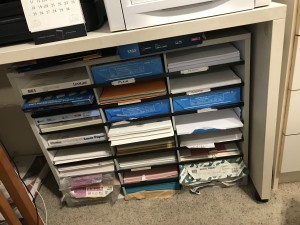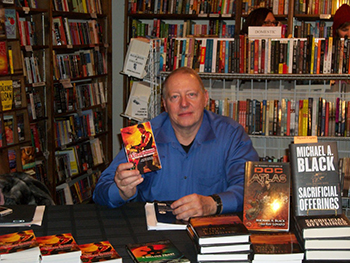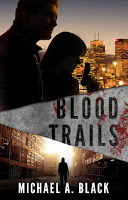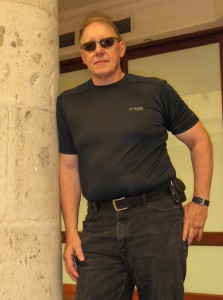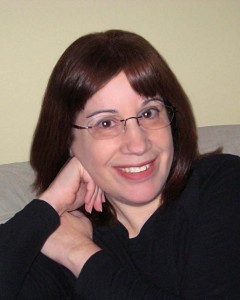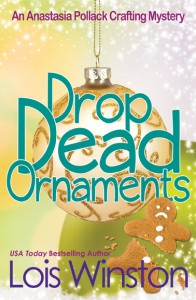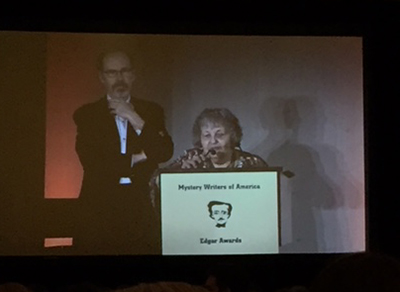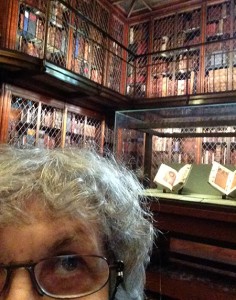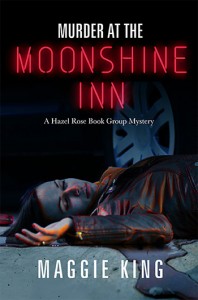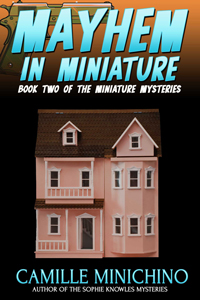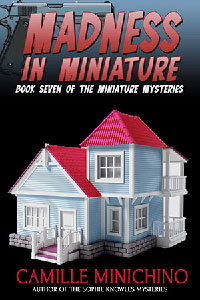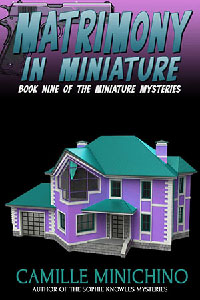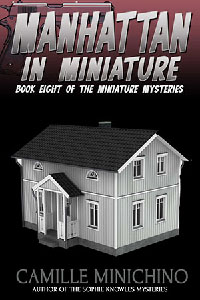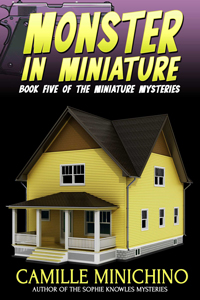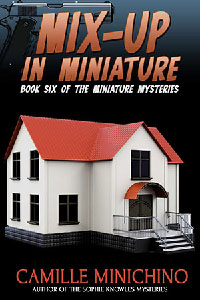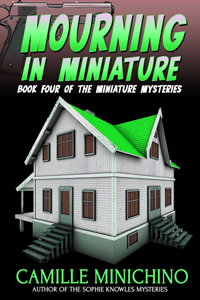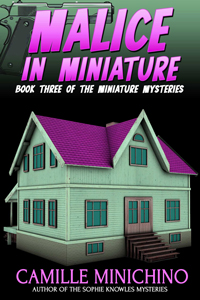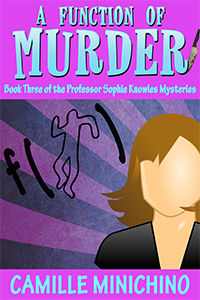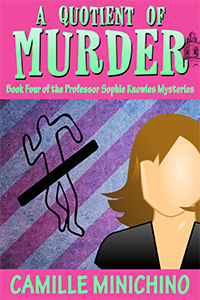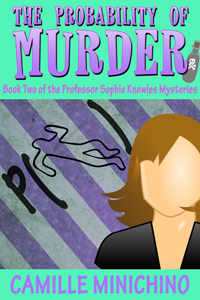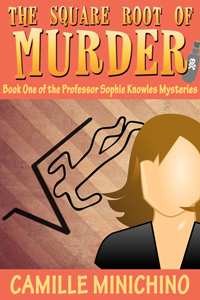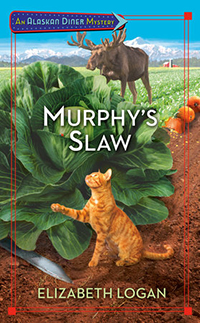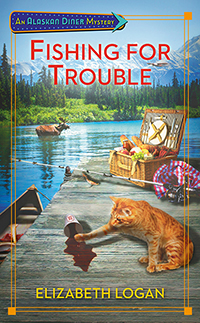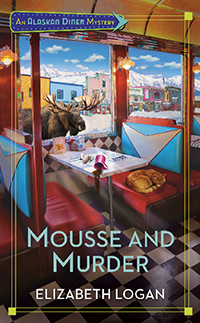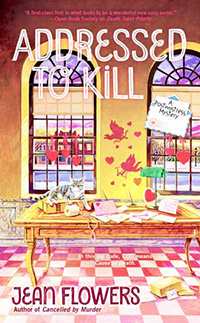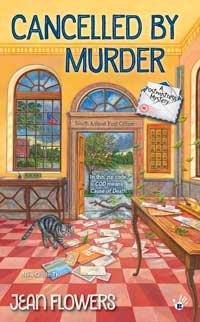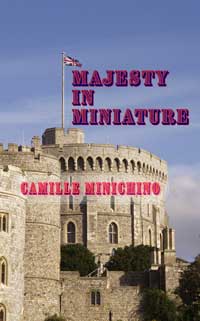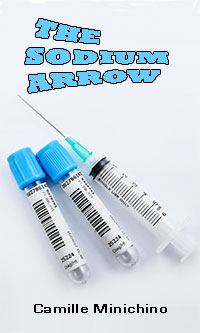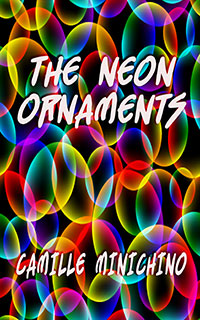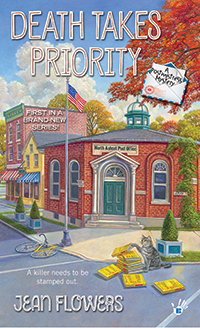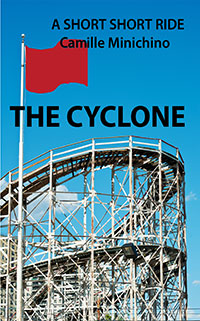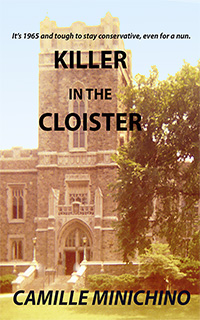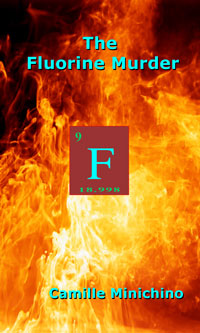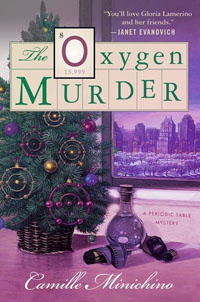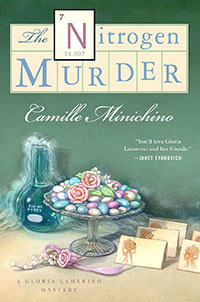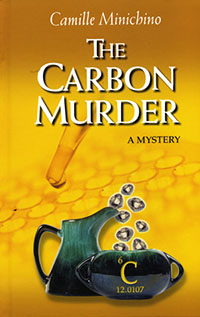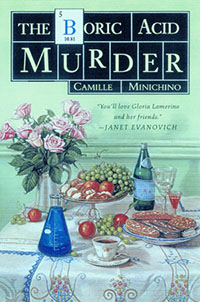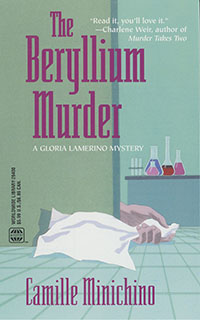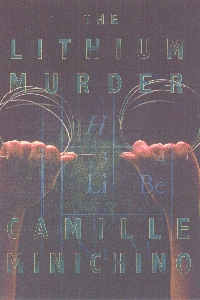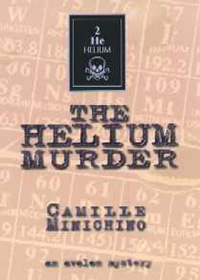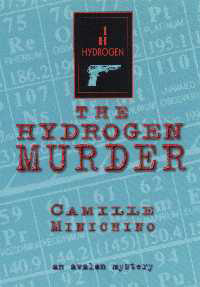On Tuesday, January 22, at 7:30 AM Eastern time, the Mystery Writers of America announced the nominations for the Edgar™️ Award. I was at my computer, waiting, ready to search out each nominated book (or TV episode!) that I hadn’t already read/seen.
In case you missed them, here’s the list:
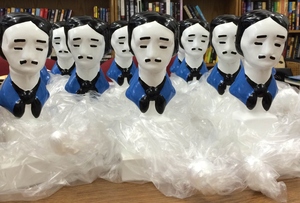
Table full of Edgar™️ Statues, at the banquet, ready for the winners
Mystery Writers of America is proud to announce, as we celebrate the 210th anniversary of the birth of Edgar Allan Poe, the Nominees for the 2019 Edgar Allan Poe Awards, honoring the best in mystery fiction, non-fiction and television published or produced in 2018. The Edgar® Awards will be presented to the winners at our 73rd Gala Banquet, April 25, 2019 at the Grand Hyatt Hotel, New York City.
BEST NOVEL
The Liar’s Girl by Catherine Ryan Howard (Blackstone Publishing)
House Witness by Mike Lawson (Grove Atlantic – Atlantic Monthly Press)
A Gambler’s Jury by Victor Methos (Amazon Publishing – Thomas & Mercer)
Down the River Unto the Sea by Walter Mosley (Hachette Book Group – Mulholland)
Only to Sleep by Lawrence Osborne (Penguin Random House – Hogarth)
A Treacherous Curse by Deanna Raybourn (Penguin Random House – Berkley)
BEST FIRST NOVEL BY AN AMERICAN AUTHOR
A Knife in the Fog by Bradley Harper (Seventh Street Books)
The Captives by Debra Jo Immergut (HarperCollins Publishers – Ecco)
The Last Equation of Isaac Severy by Nova Jacobs (Simon & Schuster – Touchstone)
Bearskin by James A. McLaughlin (HarperCollins Publishers – Ecco)
Where the Crawdads Sing by Delia Owens (Penguin Random House – G.P. Putnam’s Sons)
BEST PAPERBACK ORIGINAL
If I Die Tonight by Alison Gaylin (HarperCollins Publishers – William Morrow)
Hiroshima Boy by Naomi Hirahara (Prospect Park Books)
Under a Dark Sky by Lori Rader-Day (HarperCollins Publishers – William Morrow)
The Perfect Nanny by Leila Slimani (Penguin Random House – Penguin Books)
Under My Skin by Lisa Unger (Harlequin – Park Row Books)
BEST FACT CRIME
Tinderbox: The Untold Story of the Up Stairs Lounge First and the Rise of Gay Liberation by Robert W. Fieseler (W.W. Norton & Company – Liveright)
Sex Money Murder: A Story of Crack, Blood, and Betrayal by Jonathan Green (W.W. Norton & Company)
The Last Wild Men of Borneo: A True Story of Death and Treasure by Carl Hoffman (HarperCollins Publishers – William Morrow)
The Feather Thief: Beauty, Obsession, and the Natural History Heist of the Century by Kirk Wallace Johnson (Penguin Random House – Viking)
I’ll Be Gone in the Dark: One Woman’s Obsessive Search for the Golden State Killer by Michelle McNamara (HarperCollins Publishers – Harper)
The Good Mothers: The True Story of the Women Who Took on the World’s Most Powerful Mafia by Alex Perry (HarperCollins Publishers – William Morrow)
BEST CRITICAL/BIOGRAPHICAL
The Metaphysical Mysteries of G.K. Chesterton: A Critical Study of the Father Brown Stories and Other Detective Fiction by Laird R. Blackwell (McFarland Publishing)
Dead Girls: Essays on Surviving an American Obsession by Alice Bolin (HarperCollins Publishers – William Morrow Paperbacks)
Classic American Crime Fiction of the 1920s by Leslie S. Klinger (Pegasus Books)
Mark X: Who Killed Huck Finn’s Father? by Yasuhiro Takeuchi (Taylor & Francis – Routledge)
Agatha Christie: A Mysterious Life by Laura Thompson (Pegasus Books)
BEST SHORT STORY
“Rabid – A Mike Bowditch Short Story” by Paul Doiron (Minotaur Books)
“Paranoid Enough for Two” – The Honorable Traitors by John Lutz (Kensington Publishing)
“Ancient and Modern” – Bloody Scotland by Val McDermid (Pegasus Books)
“English 398: Fiction Workshop” – Ellery Queen Mystery Magazine by Art Taylor (Dell Magazines)
“The Sleep Tight Motel” – Dark Corners Collection by Lisa Unger (Amazon Publishing)
BEST JUVENILE
Denis Ever After by Tony Abbott (HarperCollins Children’s Books – Katherine Tegen Books)
Zap! by Martha Freeman (Simon & Schuster – Paula Wiseman Books)
Ra the Mighty: Cat Detective by A.B. Greenfield (Holiday House)
Winterhouse by Ben Guterson (Macmillan Children’s Publishing Company – Henry Holt BFYR)
Otherwood by Pete Hautman (Candlewick Press)
Charlie & Frog: A Mystery by Karen Kane (Disney Publishing Worldwide – Disney Hyperion)
Zora & Me: The Cursed Ground by T.R. Simon (Candlewick Press)
BEST YOUNG ADULT
Contagion by Erin Bowman (HarperCollins Children’s Books – HarperCollins)
Blink by Sasha Dawn (Lerner Publishing Group – Carolrhoda Lab)
After the Fire by Will Hill (Sourcebooks – Sourcebooks Fire)
A Room Away From the Wolves by Nova Ren Suma (Algonquin Young Readers)
Sadie by Courtney Summers (Wednesday Books)
BEST TELEVISION EPISODE TELEPLAY
“The Box” – Brooklyn Nine-Nine, Teleplay by Luke Del Tredici (NBC/Universal TV)
“Season 2, Episode 1” – Jack Irish, Teleplay by Andrew Knight (Acorn TV)
“Episode 1” – Mystery Road, Teleplay by Michaeley O’Brien (Acorn TV)
“My Aim is True” – Blue Bloods, Teleplay by Kevin Wade (CBS Eye Productions)
“The One That Holds Everything” – The Romanoffs, Teleplay by Matthew Weiner & Donald Joh (Amazon Prime Video)
ROBERT L. FISH MEMORIAL AWARD
“How Does He Die This Time?” – Ellery Queen Mystery Magazine by Nancy Novick (Dell Magazines)
THE SIMON & SCHUSTER MARY HIGGINS CLARK AWARD
A Death of No Importance by Mariah Fredericks (Minotaur Books)
A Lady’s Guide to Etiquette and Murder by Dianne Freeman (Kensington Publishing)
Bone on Bone by Julia Keller (Minotaur Books)
The Widows of Malabar Hill by Sujata Massey (Soho Press – Soho Crime)
A Borrowing of Bones by Paula Munier (Minotaur Books)
*****
Since I wasn’t a judge this year, I’m free to comment and recommend! I recommend The Last Equation of Isaac Severy by Nova Jacobs, nominated for best debut novel. I read it before I knew it was her first novel–never would have guessed.
How about you? Any recommendations?
 Filed Under :
Filed Under :  Jan.24,2019
Jan.24,2019 Tags :
Tags : 

